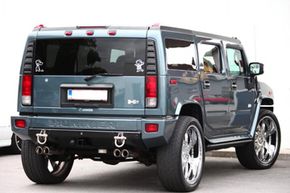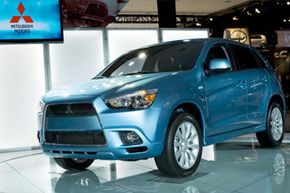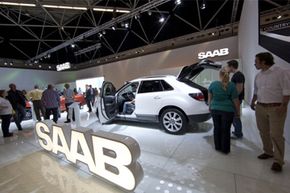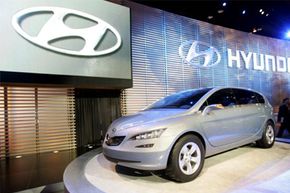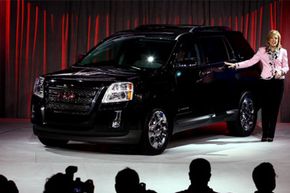There's nothing like the great American road trip: the open road, the scenery, the cramped seats, and the limited trunk space. Well, that's if you're hitting the road in a car. But if you decide to hit the road in an SUV, you've got plenty of room for all your friends and their gear, plus a rough ride and horrible fuel economy. Maybe an SUV isn't the best choice for a road trip either.
Whether you hit the road in a car or an SUV, you're going to face some choices. Cars get good fuel economy, but can only seat up to five, and don't have a lot of space for stuff. SUVs solve the space equation, but get bad fuel economy compared to cars and they often have rough rides -- not exactly the stuff a comfortable road trip is made of.
Advertisement
Choosing between a car and an SUV for your road trip can seem like one of those catch-22 choices you don't have to live with, but there's an option that gives you the benefits of cruising in a car (a comfortable ride, good fuel economy) and the pluses of road tripping in an SUV (plenty of space): you can take a crossover.
Keep reading to learn about the surprising benefits of cruising in a crossover.
